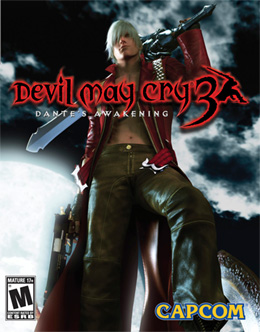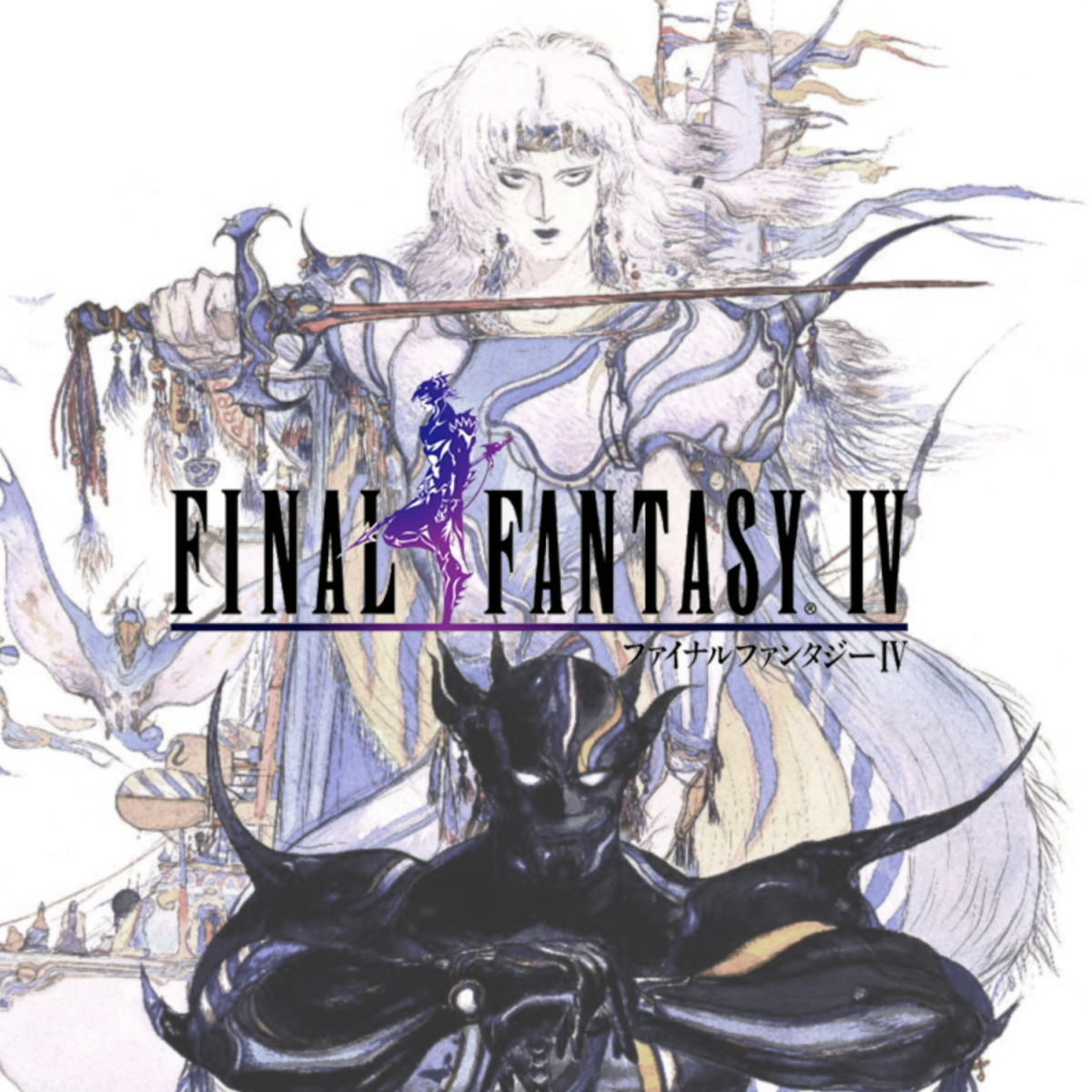The idea of a stranger being in a strange land has been done time and time again, some garnering more success than others. The one that I think of is the biographical series from the 70’s, Shogun, which tells the tale of an English navigator who has to succumb to the cultural differences of feudal Japan. However, if we fast-forward about half a century, we find ourselves in a fast-growing industry where the Soulsborne style of game was received. Team Ninja, being barren since the end of the Ninja Gaiden series, had one goal: to create a Sengoku period Soulslike.
Originally storyboarded as Ni-Oh, Team Ninja used the blueprints of the masterful director Akira Kurosawa’s truncated film Oni. However, after some time, they decided to redo the story. Now titled By 2004, Team Ninja designed it to be a JRPG of which took a turn-based approach to the combat, now using artistic elements from Kurosawa’s Yojimbo and The Seven Samurai. Developers would go on to scrap everything by 2008, now remaking it into a hack-and-slash formula within the same guise of the Dynasty Warriors franchise. By 2014, Shibusawa was added to the development, where they would finally establish Nioh as a soulslike, illustrating the dogmatic lore of both the Tower of London and the Bushido code. But to understand the masterfulness of this unique take on the Soulsborne formula, we must delve into the means of the combat, visuals, and art style to truly see if all that time was worth it.
The combat within Nioh (on a surface level) is Dark Souls-breathed; the same type of attack, stamina, defensive uses, all of that is the same. But Nioh provides Ki pulses and stance switching. Ki Pulsing is a timing mechanic where players have to hit the block button after every combo. By doing this, it allows for a quick recovery of stamina and disperses Yokai realms, which stunt stamina recovery. Stance switching allows for a low, mid, and high stance, all changing damaging output, combos, stamina usage, and speeds of attacks. Nioh also includes Guardian Spirits, which are how players fuel their souls, and once charged, can change forms to include additional elemental damage. It can be broken down into a Devil Trigger form that allows players to get free damage during enemy encounters. But overall, it’s a little bit of a free-form take on soul formula.
Long-time gamer, Jae Lee, believes Nioh is the perfect fit for his interests in games, “Nioh is a culmination of some of my favorite mechanics in video games. The incredibly fast-paced, twitch-based reflex combat of Ninja Gaiden.” They continue by mentioning, “the meticulous strategy and sense of discovery of Souls and the loot/equipment upgrade system of Diablo.”
Visually, the art style takes a lot of inspiration from Yoshitaka Atano’s work from Square Enix’s Final Fantasy. However, they do clean it up with a bit of realism. Hiroha Kaneko’s usage of lightly-muted skin tones builds a foundation for their brighter colours in and out of combat to stand out and creates contrast. Square Enix would employ a similar art style later on; however, Team Ninja differentiates Nioh’s approach to character and enemy design with legitimate Japanese art, and it is a bit sharper.
Game FAQs user known as JT loves the approach to direction, “I totally dig the art style.” They, however, switch to state, “but I see many people complaining about bad graphics and stating how they even destroyed their fun with the demos, so hard [it is] to judge.
Nioh’s asset work is a bit smoother with flatter lighting. In comparison to the Souls trilogy, at least Dark Souls 3 has a foggier lighting system. Even for the hardware being based around the PlayStation 3/Xbox 360 era, it still holds up and has a great transition with its remastered copies.
An unknown Reddit user postulates that, “Nioh has impressive graphics, their characters have pores for god’s sake, their reproduction of feudal Japan is completely believable.” They also add, “all their armor and most of their weapon designs look like they could have been plucked from a museum.”
Overall, the game does a really good job at establishing an interesting world, not just to watch unfold, but to play. With Nioh’s higher difficulty and open-ended playstyle, it’s constantly on the edge of whether it is for everyone or for no one. With that mentality and the fact that we wouldn’t get a legitimate Soulsbourne game based in the Edo area until four years later, it was a perfect fit and still one of the best Soulslikes on the market.





![[Review] Bloodywood - Nu Delhi](https://fohssignal.net/wp-content/uploads/2025/05/Nu_Delhi.jpg)
![[Review] A complete unknown](https://fohssignal.net/wp-content/uploads/2025/03/download-21.jpeg)
